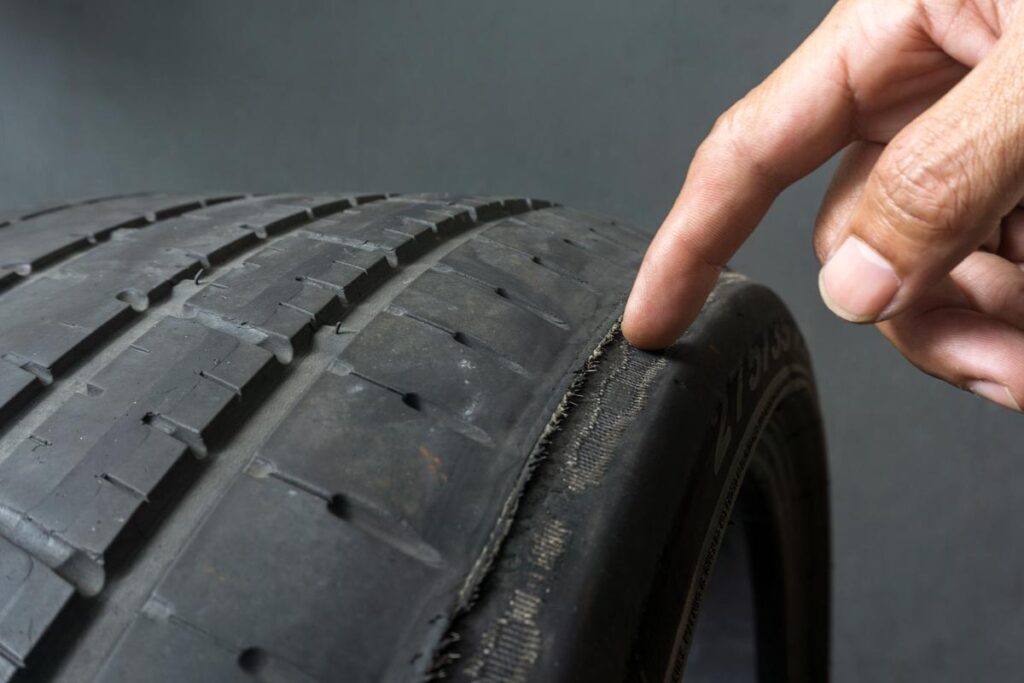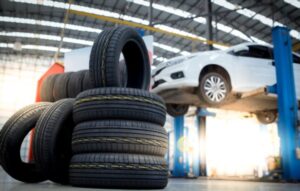Have you ever experienced a sudden loss of air pressure in your tires, leaving you stranded on the side of the road or causing a dangerous blowout while driving? If so, you may be familiar with one of the most common causes of tire failure: bead damage. This hidden menace can wreak havoc on your vehicle’s performance and compromise your safety on the road. In this article, we will explore the causes of tire bead damage and provide you with valuable solutions to ensure your tires remain in optimal condition, thus keeping you and your loved ones safe.
Understanding the Bead: The Foundation of Tire Safety
The bead is the part of the tire that forms a seal between the tire and the wheel rim. It plays a crucial role in supporting the weight of the vehicle, maintaining tire pressure, and ensuring a secure fit. However, when the bead becomes damaged, it can lead to a number of serious issues. The main causes of bead damage include improper installation, overinflation, and hitting curbs or road hazards.
Improper Installation: An Accident Waiting to Happen
One of the most common causes of tire bead damage is improper installation. When a tire is mounted incorrectly, it can result in a weak or uneven seating of the bead on the rim. Over time, this can cause the bead to break or develop cracks, leading to potential air leaks and loss of pressure. To avoid this, it is essential to have your tires installed by a reputable professional who understands the correct procedures and utilizes specialized equipment.
Overinflation: A Pressure Point for Bead Damage
Overinflating your tires may seem like the right thing to do to achieve better fuel efficiency or a smoother ride, but it can have serious consequences for your tires. Excessive pressure can put unnecessary strain on the tire bead, leading to distortion or even rupture. To prevent bead damage caused by overinflation, always refer to the manufacturer’s recommended tire pressure and regularly check and adjust your tire pressure to ensure it falls within the specified range.
Navigating the Road: Avoiding Hazards and Curbs
While we all aim for smooth, obstacle-free roads, encountering potholes, road debris, or curbs is sometimes inevitable. However, these hazards pose a genuine threat to your tire bead. Impacting a curb or driving through a pothole can cause the tire to hit the rim forcefully, resulting in bead damage. To reduce the risk, exercise caution when navigating rough roads, slow down when faced with potholes, and ensure plenty of clearance when parking next to a curb.
Conclusion: Prioritizing Tire Health for a Safer Ride
Maintaining the integrity of your tires’ beads is crucial to your safety on the road. By understanding the causes and solutions for tire bead damage, you can take proactive steps to minimize risk and prolong the life of your tires. Remember the importance of proper installation, regular pressure checks, and cautious driving practices. Investing in high-quality tires and seeking professional advice when in doubt will ensure you can confidently enjoy a smoother and safer ride. Stay informed and prioritize your tire health – after all, the well-being of you and your loved ones depends on it.
In summary, Exploring Tire Bead Damage: Causes and Solutions sheds light on the hidden dangers of bead damage, emphasizing the importance of maintaining tire integrity. By enlightening readers about the causes behind bead damage, such as improper installation, overinflation, and road hazards, the article successfully convinces them to prioritize tire health. Through its engaging and informative content, this review motivates readers to consider buying tires as a proactive step towards ensuring their safety on the road.


